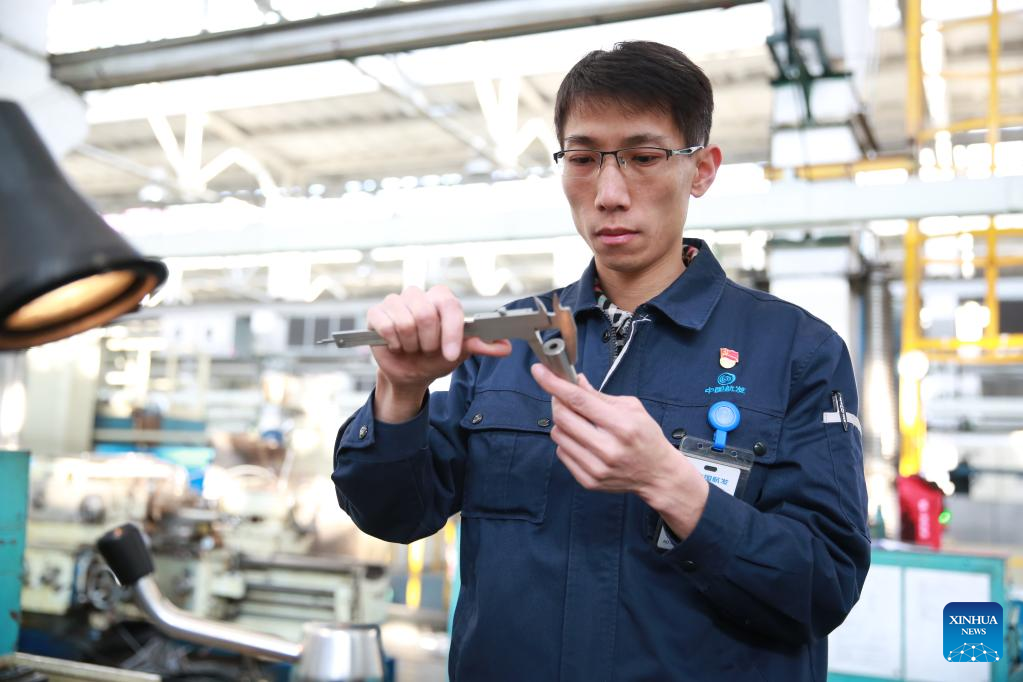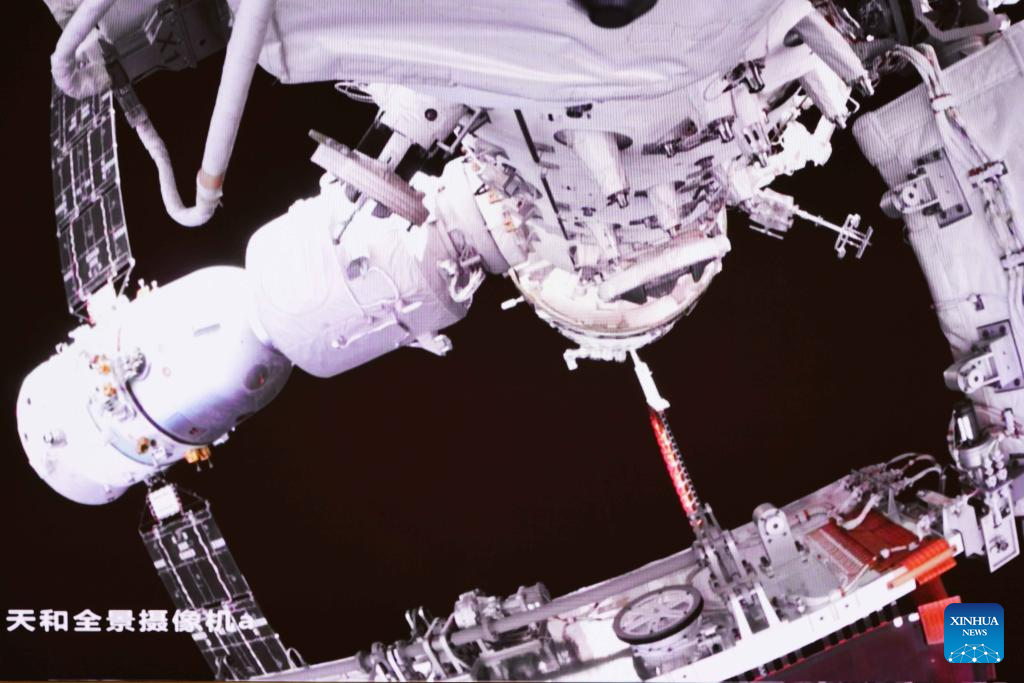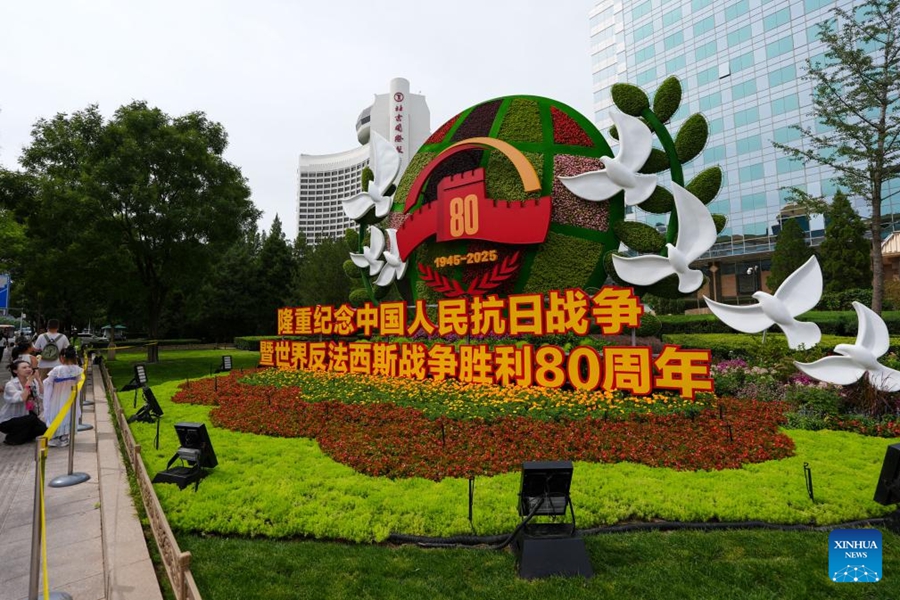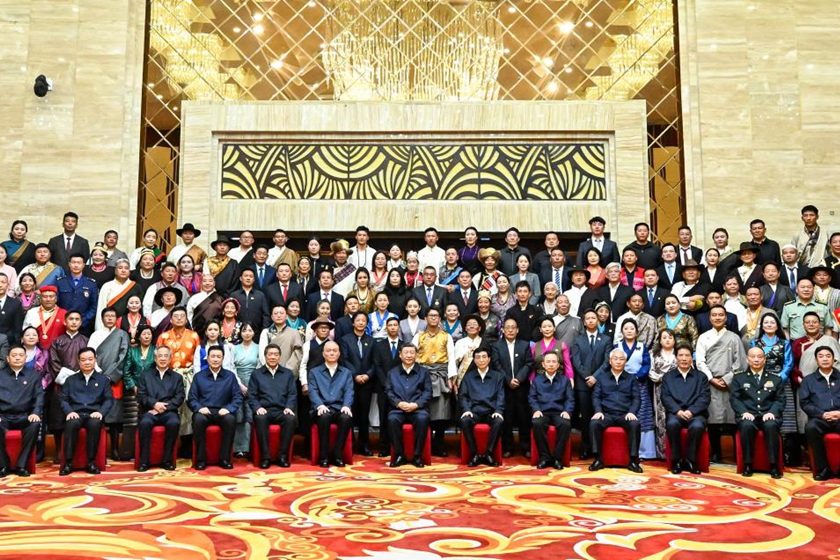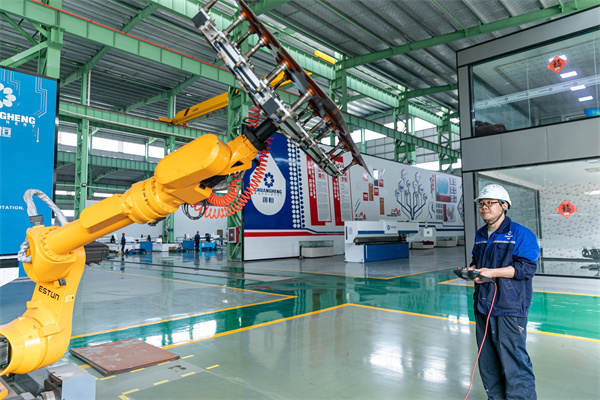
(CFP Photo)
Jiangsu Province has been making consistent progress in promoting the development of technological innovation center since the 20th CPC National Congress.
On June 29, China's first National EDA Innovation Center was inaugurated in Nanjing, marking the first national technology innovation center dedicated to IC design in the country. Jiangsu, known for its competitive IC industry, demonstrates its confidence and determination to build a vibrant industrial S&T innovation hub with global influence.
Among recent achievements, a team of Nanjing University of Information Science and Technology successfully developed a pulsed coherent Doppler wind lidar (CDWL) with sub-meter/sub-second resolution in early April.
The MOSFET industrial platform launched in May integrates silicon carbide devices, chips, and modules to ensure the effective supply for new-energy cars, solar power and smart gird. MOSFET has been used in more than one million electric cars, enhancing the charging speed by up to 10 times and increasing the driving range by over 8%.
The Advanced Functional Fiber Innovation Center, led by Shenghong Group, has become the first national-level manufacturing innovation center in Jiangsu. The center consolidates pro-innovative resources and accelerates breakthroughs in functional fibers, establishing a tech innovation supply system supported by key laboratories and national-level textile testing center.
In May, the Brain-Machine Fusion Intelligent Technology Institute, under the Jiangsu Industrial Technology Research Institute, transformed its achievements into practical applications. The Institute has incubated tech companies and provided customized solutions for various applications.
Xu Guanghui, director of the province's Department of Science and Technology, said the department has conducted researches and studies on various topics since March, including frontier science, future industrial innovation, corporate innovation capabilities, and improvement of the quality and efficiency of high-tech parks, aiming to support Jiangsu in staying at the forefront of high-quality development.
The department plans to build industrial science and technology innovation centers with global influence by 2035, with key innovation indicators reaching world-class levels.
For the initiative, Jiang Tian, director of Science and Technology Department of Nanjing University, said the university is exploring an assessment system based on the performance of research teams. In this system, scientists can lead research efforts focused on sustainability and energy resources development, and accelerate the development of pro-innovation platform more effectively.
The reform of the science and technology system is considered crucial to making S&T achievements. The Suzhou Institute of Biomedical Engineering and Technology, Chinese Academy of Sciences, has taken measures to address concerns of researchers. These measures can help researchers with decision-making regarding fund management and transformation of research results.





